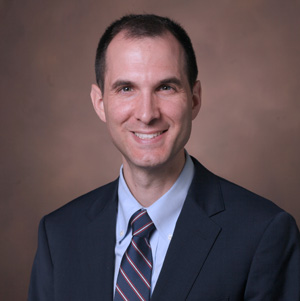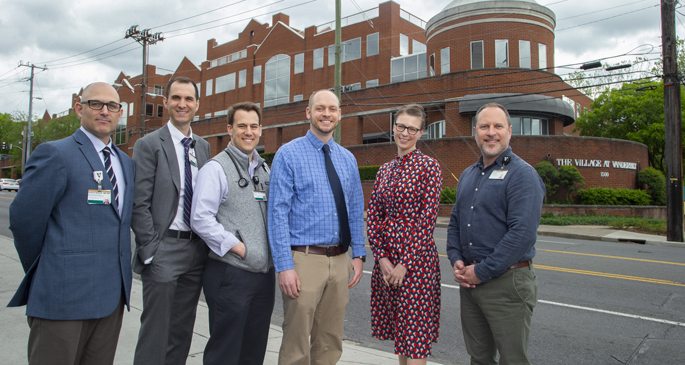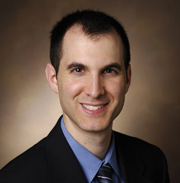by Emily Stembridge

David Marcovitz, MD, assistant professor of Psychiatry and Behavioral Sciences and director of the Division of Addiction Psychiatry, shared strategies for integrating addiction and behavioral health into primary care practices during two recent webinars — one for Vanderbilt Health Affiliated Network (VHAN) and one for the TennCare Delivery System Transformation Conference.
The webinars covered national trends in evidence-based management of opioid use disorder, emerging approaches that integrate behavioral health care and substance use disorder into medical settings, and various ways to implement small practice changes despite COVID-19 restrictions.
“We currently have 40 million Americans with a substance use disorder,” Marcovitz said. “Overdose deaths began to plateau in 2017, but unfortunately, there’s been a dramatic rise in overdose deaths driven largely by isolation that came along with the pandemic.”
Tennessee, Marcovitz highlighted, is disproportionately affected by drug overdose deaths — partly due to social determinants of health and high rates of opioid prescriptions in the early 2000s. “In Tennessee, we’ve seen a 20% increase in overdoses during 2020. With that comes an increased demand to get patients into evidence-based treatment programs,” he said.
The solution for high demand is bringing evidence-based treatment programs to smaller medical practices, especially in rural areas of Tennessee.
Marcovitz says an important first step for smaller practices is de-stigmatizing substance use disorders, primarily through language. Some changes he suggests include using the term “substance misuse” instead of “substance abuse” and “sober” instead of “clean.” Terms like “addict” can be replaced by “person with an addiction” or “person with a substance use disorder.”
Marcovitz encourages practices to use a chronic disease lens approach to care for patients with addiction. This means understanding that addiction exists on a spectrum, and like other chronic diseases, pharmacotherapy can be used to treat it.
“For too long, addiction has been approached as if the only treatments that work are behavioral therapies, when in fact many substance use disorders respond to a combination of pharmacotherapy and behavioral therapies,” Marcovitz said.
Marcovitz suggested an important strategy for substance use disorder care — using primary care doctors to ensure patients receive the care they need. While only 10% of patients with severe substance use problems seek out specialty treatment, 80% of people see a primary care provider every year.
Educating primary care physicians about addiction care, encouraging them to ask patients the right questions, and providing resources for referrals can help increase the number of patients with substance use disorder who seek treatment. Additionally, it can ensure there is no wrong door to recovery.
In a follow up conversation, he noted that expanding access to specialty referrals will also be critical. “Part of the mission of our VISTA (Vanderbilt Integrated Services for Treatment of Addiction) program expansion at VUMC — including the addition of 15 new faculty and staff in just two years — has been to ensure that our community partners have access to consultation and support when patients exceed the complexity that can be managed in their practice setting,” he said.
“There’s a big missed opportunity for early intervention,” Marcovitz continued. “Our patients are in the general medical setting, and they struggle to get access to specialty care because of fragmentation. We need to make sure they know that the healthcare system has something to offer them.”















